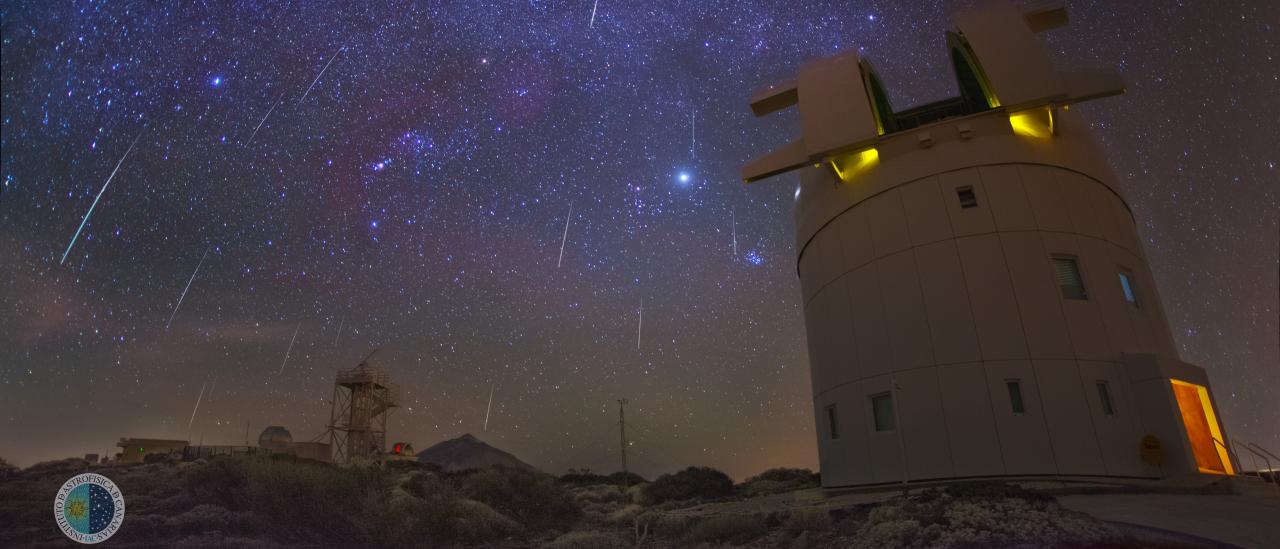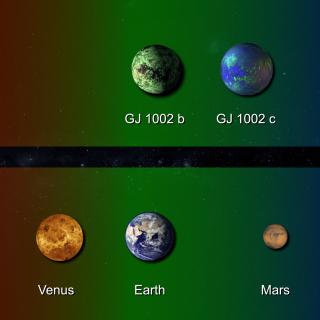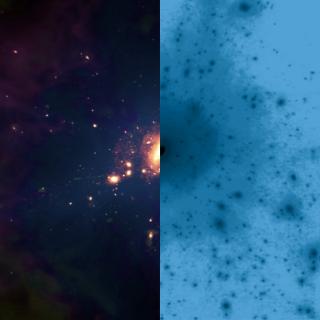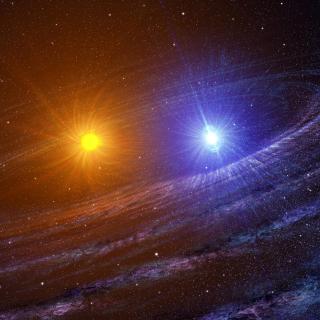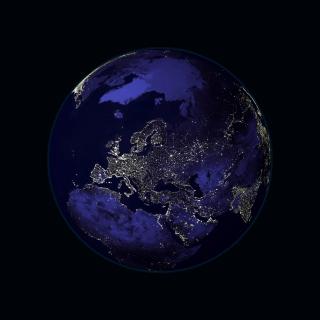
EELabs (eelabs.eu) is a project financed by the INTERREG V-A MAC 2014-2020 Programme, co-financed by the FEDER (European Regional Development Fund) of the European Union, under contract number MAC2/4.6d/238. Five centres in Macaronesia work in EELabs (IAC, ITER, UPGC, SPEA-Azores, SPEA-Madeira).
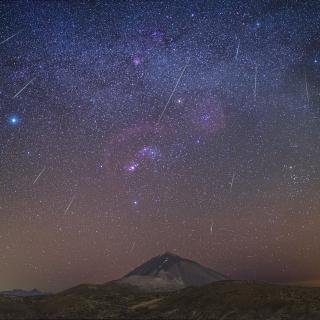
On the nights of 13th and 14th December we will be able to enjoy the maximum of the Geminids meteor shower. The event will be broadcast live from the Teide Observatory (Tenerife), via the sky-live TV channel, on the night of December 14th, with the collaboration of the European project EELabs. The Geminids, along with the Perseids, are the biggest meteor showers of the year. Reliable and punctual, the Geminids never fail. The activity during the last ten years has always reached over 100 meteors per hour (ZHR “Zenith hourly rate”) putting it in the top rank of the annual meteor showers. Each
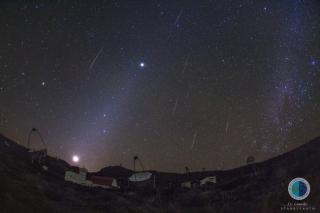
This astronomical event will be visible from both northern and southern hemispheres, and the peak of its activity will be during the nights of Thursday 13th and Friday 14th December. During the second night there will be a direct broadcats from the Teide Observatory (Tenerife) thanks to the collaboration of the European project STAR4ALL.
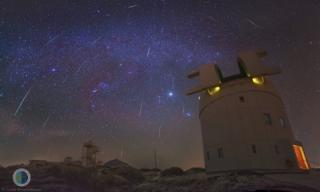
Los próximos 13 y 14 de diciembre podremos disfrutar de las Gemínidas que, junto a las Perseidas, son las mayores lluvias de estrellas del año. Los especialistas adelantan que su máximo esplendor tendrá lugar sobre la media noche en Europa. Quienes quieran verlo desde casa, podrán hacerlo a través del canal sky-live.tv gracias al proyecto europeo STAR4ALL financiado por el Programa H2020 de la Unión Europea.
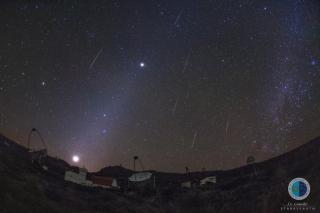
The European project STARS4ALL and sky-live.tv, bring the shower to your home. Live, from the clear Canary Islands skies. Geminids’ father is a strange asteroid. Phaethon might mean, in the future, the Earth’s destruction.
